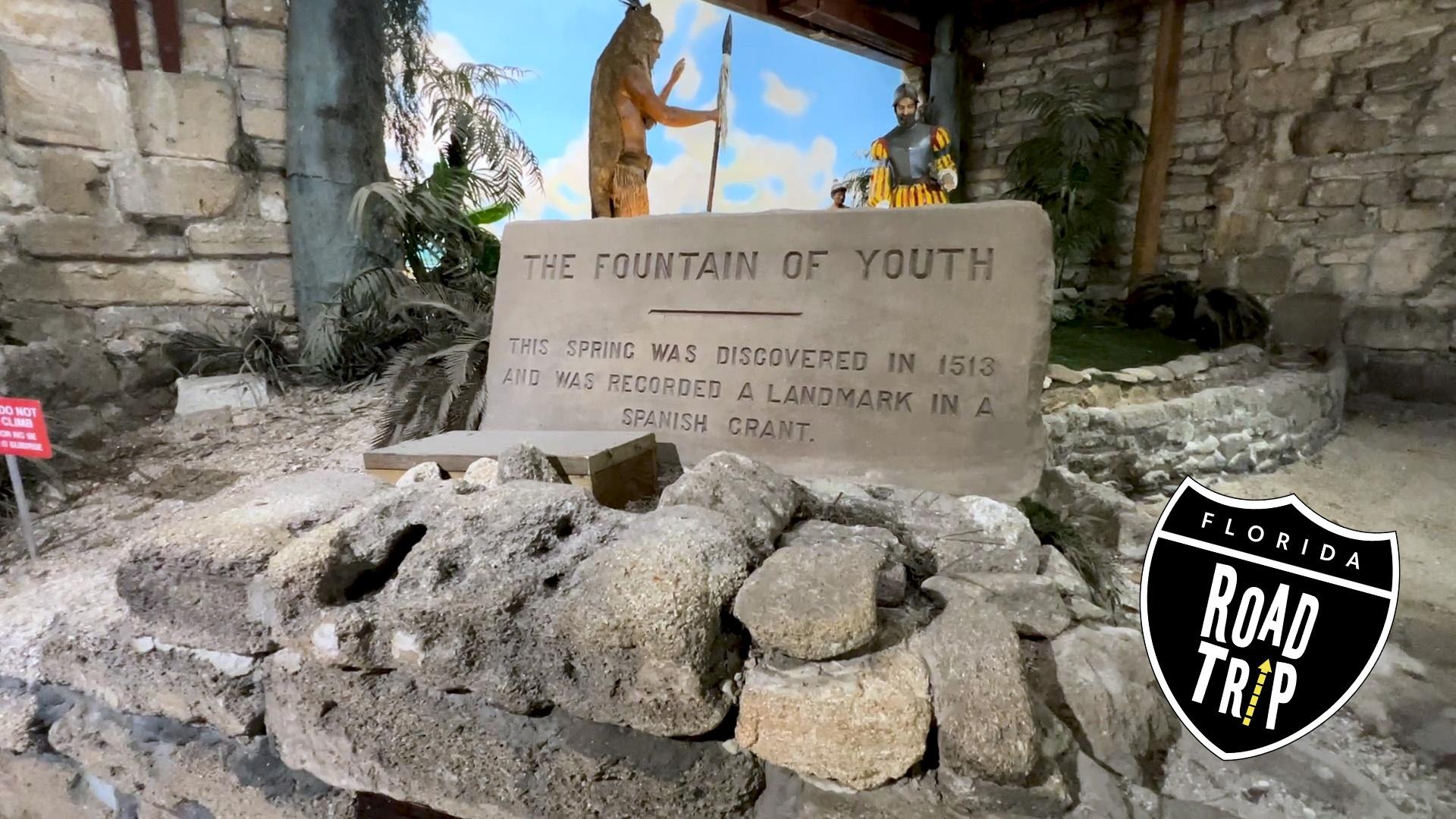Growing up in St. Augustine, memories of the iconic archway to the Fountain of Youth, alongside the billboards scattered around town, remain vivid. The tale of Ponce de Leon's legendary discovery of eternal youth in Florida's waters was a staple narrative of my childhood. However, like many youngsters, the allure of adulthood was more enticing than the notion of eternal youth. Yet, amidst the excitement of growing up, the sight of peacocks roaming the grounds of the Fountain of Youth Archaeological Park brought a sense of comfort.
Upon our arrival at the park for Florida Road Trip, John Fraser, the park's current president, warmly greeted our crew. As we conversed, Fraser aptly remarked, "Ponce de Leon's Fountain of Youth Archaeological Park is more than a drink of water." Beyond the famed spring house, which offers visitors a sip from the Florida aquifer enriched with over 30 minerals, the park hosts replicas of a Timucuan Village, a mission church, and a Spanish watchtower. Steeped in history, the Fountain of Youth is revered as the oldest attraction in the state, with a guest book dating back to 1868.
Regardless of whether one believes in the legendary properties of its waters, the park provides a unique portal to the past for all its visitors. For further information on Ponce de Leon's Fountain of Youth Archaeological Park, visit www.fountainofyouthflorida.com.
Want more St. Augustine history? Florida Road Trip: St. Augustine, airs this Thursday at 8 p.m. on WUCF TV, on wucf.org and on the PBS app. WUCF Passport members will also get early access to next week’s episode, Florida Road Trip: Sarasota, starting this Thursday at 8 p.m. For even more Florida history visit FloridaRoadTrip.org.
Follow us on Tik Tok @floridaroadtrip.org
Subscribe to our YouTube Channel @Florida_RoadTrip



